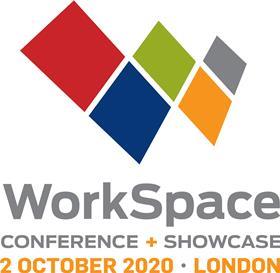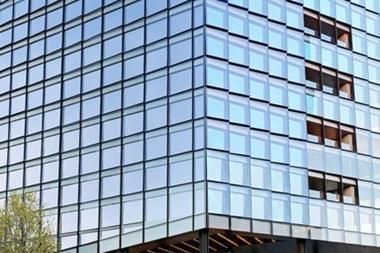Any market has a degree of uncertainty. Having spent nearly 30 years helping businesses find workspaces, I have never before seen the level of disruption that is taking place now.

Businesses are asking many questions. How many people will I have in my business next year? How do I reconfigure the workspace to make it suitable for the post-Covid world? What kind of occupational density is going to be appropriate? If I move, when will the space be ready and how long will it take me to fit out? In addition, how much will rent adjust in the next few years?
There are no clear answers to these questions, but here are some insights from the London market.
There is a range of opinions on the impact of Covid-19 on space requirements. Many expect a reduction in footprint (leaving aside any change in headcount) of 20% to 30%, with less space needed due to more homeworking.
Although the pandemic may have slowed activity, there have still been some sizeable leasing transactions, such as BP, Covington & Burling and Baker McKenzie. These bigger occupiers have less choice of quality buildings that are either completed or under construction.
They can normally secure deals with flexibility, allowing them to expand or downsize. As fit-out may not need to be started immediately, this gives them time to adapt the design of their fit-out for the new world.
Mid-sized occupiers have been notable in their absence in terms of viewings and transactions. The market uncertainty along with the cost of fit-out has created particular inertia in this group.
Smaller businesses on the other hand are more nimble and willing to challenge convention. Some question the need for a permanent office at all. There is a definite preference for flexibility. According to Valve, the flexible office portal, there has been a noticeable increase in demand for workspaces for 20 to 50 people.

Ideally, these organisations do not want to be in a traditional longer lease but nor do they want to be in a traditional serviced office environment with shared facilities.
In terms of pricing, it is still a bit early to truly assess the changes. The serviced market is the most liquid and flexible and therefore the quickest to react. We are already seeing providers willing to offer more flexible contracts, including three to six months flexibility as opposed to a 12-month minimum contract. Asking prices have been reduced by up to 20% with some keen deals to be done.
In the conventional market, there is evidence that landlords are preferring to offer additional rent-free periods and flexibility as opposed to a reduction in rent. In one recent transaction, we agreed a 21-month rent-free period on a 10-year deal in January. This was recently extended to 27 months, and was enough for our client to commit to the building.
The key to pricing and activity will be the amount and quality of tenant release space that comes to market and stays there to be transacted. If good-quality fitted space is on offer from occupiers that are unlikely to push for the highest rents, then occupier-to-occupier deals will force building owners to adjust their leasing model and probably their pricing.
Businesses face many challenges and much uncertainty ahead and this is why adaptability and flexibility will be key when it comes to creating workspaces fit for the new normal.
Dan Bayley is senior director of tenant representation at BNP Paribas Real Estate

You can attend the WorkSpace Conference + Showcase either online, or in person at etc.venues, 155 Bishopsgate, on 2 October.





























No comments yet